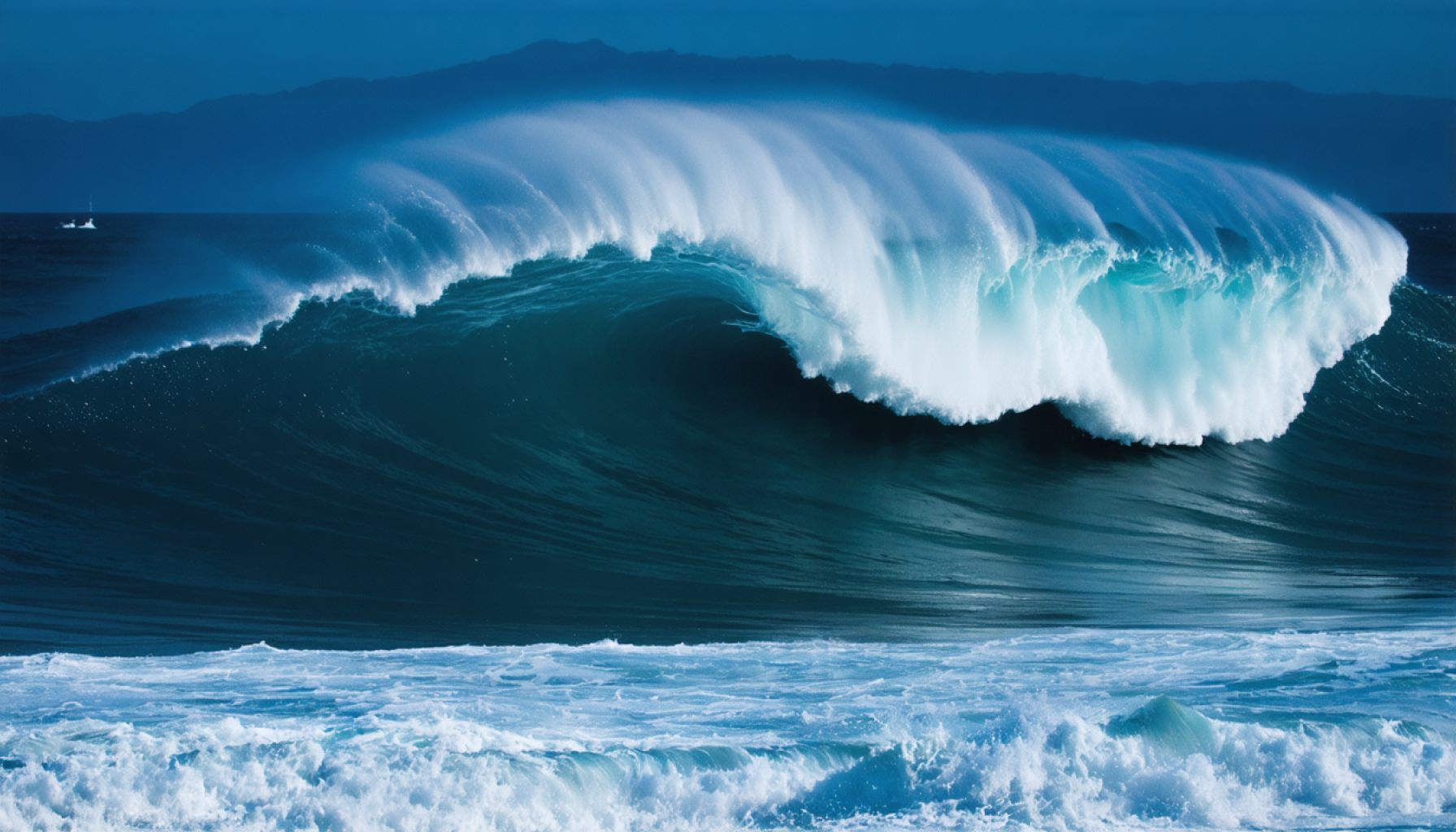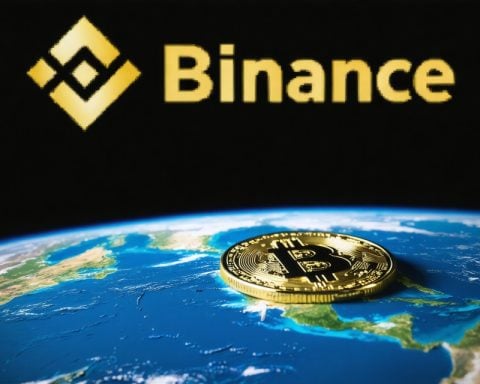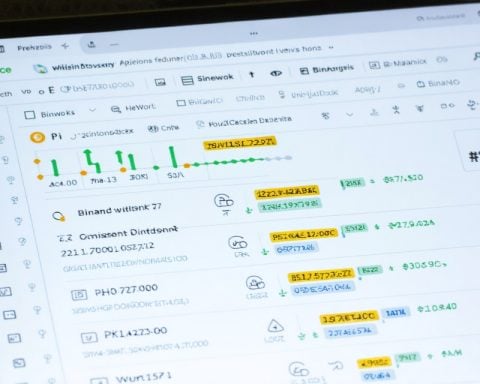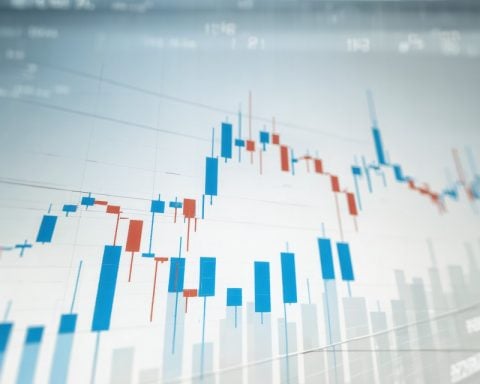- Tsunamis are triggered by undersea earthquakes, volcanic eruptions, or landslides, moving water at speeds up to 500 mph.
- Immediate and coordinated response is crucial once a tsunami warning is issued to ensure safety.
- Global early warning systems, including seismic sensors and deep-sea buoys, have improved detection and preparation efforts.
- Community preparedness involves practicing evacuation plans, understanding warning signals, and knowing escape routes.
- Public education on tsunami risks and response can transform fear into informed, swift action.
- Heeding warnings and being alert reinforces resilience against nature’s powerful forces.
Roaring like a freight train, an unseen force pushes the ocean towards the shore with terrifying speed. This is the reality of a tsunami, an unstoppable wall of water that demands immediate attention. When nature stirs, time is of the essence.
Rising from the depths, tsunamis are often triggered by undersea earthquakes, volcanic eruptions, or landslides. These cataclysmic events can shift vast volumes of water, sending waves surging across oceans at speeds of up to 500 miles per hour—as fast as a jet plane. The key to survival lies in swift, coordinated action the moment a tsunami warning is issued.
A tsunami warning isn’t a mere suggestion; it’s a clarion call for communities to mobilize. Global efforts have enhanced early warning systems, with coastal regions now linked by networks of seismic sensors and deep-sea buoys, ready to detect tremors and rising wave activity. But technology can only do so much. It is human response that determines the impact.
Communities exposed to tsunami threats must engrain readiness into their daily lives. Evacuation plans need practice like a well-rehearsed play. Knowing when to run, where to rendezvous, and how to help the vulnerable can make the difference between safety and calamity. It’s a collective responsibility, driven by awareness and preparation.
Imagine standing at the shore and the ocean suddenly recedes, as if taking a deep breath before the storm. This natural phenomenon can precede a tsunami. In these moments, every second counts. Escape pathways should be as familiar as the back of one’s hand, etched into memory long before they are needed.
From government agencies to local communities, the emphasis is on disseminating clear, accessible information. Educating the public about warning signals and evacuation routes transforms apprehension into action and fear into focus. The more informed the populace, the swifter the response, converting potential disaster into manageable risk.
While tsunamis may stir fear, informed steps can convert fear into empowerment. The message is clear: heed the warnings, stay alert, and be prepared. As we coexist with nature’s formidable forces, understanding the urgency behind tsunami warnings underscores our resilience and capacity to protect one another. The power of waves demands respect, but with respect comes readiness.
Surviving Tsunamis: Key Facts, Preparation Tips, and Emerging Technologies
Understanding Tsunami Dynamics
Tsunamis are large sea waves typically caused by undersea earthquakes, volcanic eruptions, or landslides, and they can cause catastrophic destruction upon reaching coastal areas. These waves can travel at startling speeds of up to 500 miles per hour, comparable to the velocity of a jet plane, leaving little time for those in their path to respond.
Unveiling Additional Insights
1. Tsunami Formation and Detection
– Seismic Activity: Tsunamis are most frequently generated by tectonic activities within the “Ring of Fire,” a region encircling the Pacific Ocean known for its seismic activity (United States Geological Survey).
– Detection Technology: Systems like DART (Deep-ocean Assessment and Reporting of Tsunamis) are integral. These buoys detect pressure changes on the ocean floor, providing crucial data to the Pacific Tsunami Warning Center (PTWC) U.S. National Weather Service.
2. Regional Vulnerability and Planning
– High-Risk Areas: Countries like Japan, Indonesia, and Chile are particularly vulnerable due to their proximity to tectonic plate boundaries (National Geographic).
– Community Preparedness: Communities in these regions often simulate drills and have clear evacuation plans which significantly reduce loss of life in events (The International Consortium on Landslides).
3. Impact on Ecosystems
– Environmental Consequences: Tsunamis can lead to long-term ecological changes. Mangroves and coral reefs, often destroyed by the surge, serve as critical buffers against such events (World Wide Fund for Nature, WWF).
Life-Saving Strategies
– Education and Drills: Regular drills and education enhance public awareness and readiness. Ensuring residents are familiar with evacuation routes is paramount (FEMA).
– Quick Actions: Heed natural warnings like unusual ocean behavior. If you observe the ocean receding rapidly, immediately move to higher ground.
Future Trends in Tsunami Management
1. Advanced Prediction Technologies
– AI and Machine Learning: These technologies are increasingly used to simulate tsunami scenarios, providing more accurate predictions and reducing false alarms.
2. Structural Innovations
– Resilient Infrastructure: New building codes in high-risk areas include structures designed to withstand or divert tsunami waves (The Journal of Structural Engineering).
Security & Sustainability Concerns
– Data Security: Protecting the integrity of early-warning systems from cyber threats is essential for ensuring timely alerts.
– Environmental Restoration: Post-tsunami efforts often focus on environmental restoration to revive ecosystems that help mitigate future risks.
Recommendations and Quick Tips
– Stay Informed: Subscribe to official alerts through apps or local news channels.
– Create a Personal Plan: Develop and practice a family evacuation plan. Ensure everyone knows the location of your emergency kit.
– Support Conservation Efforts: Participate in or advocate for the restoration of ecosystems like coral reefs and mangroves.
For further resources and guidelines, consider visiting UNESCO to explore their comprehensive documentation on global educational initiatives for tsunami readiness.
By equipping ourselves with knowledge and preparedness strategies, we can better navigate the formidable forces of nature, transforming potential disasters into opportunities for community resilience and empowerment.



















